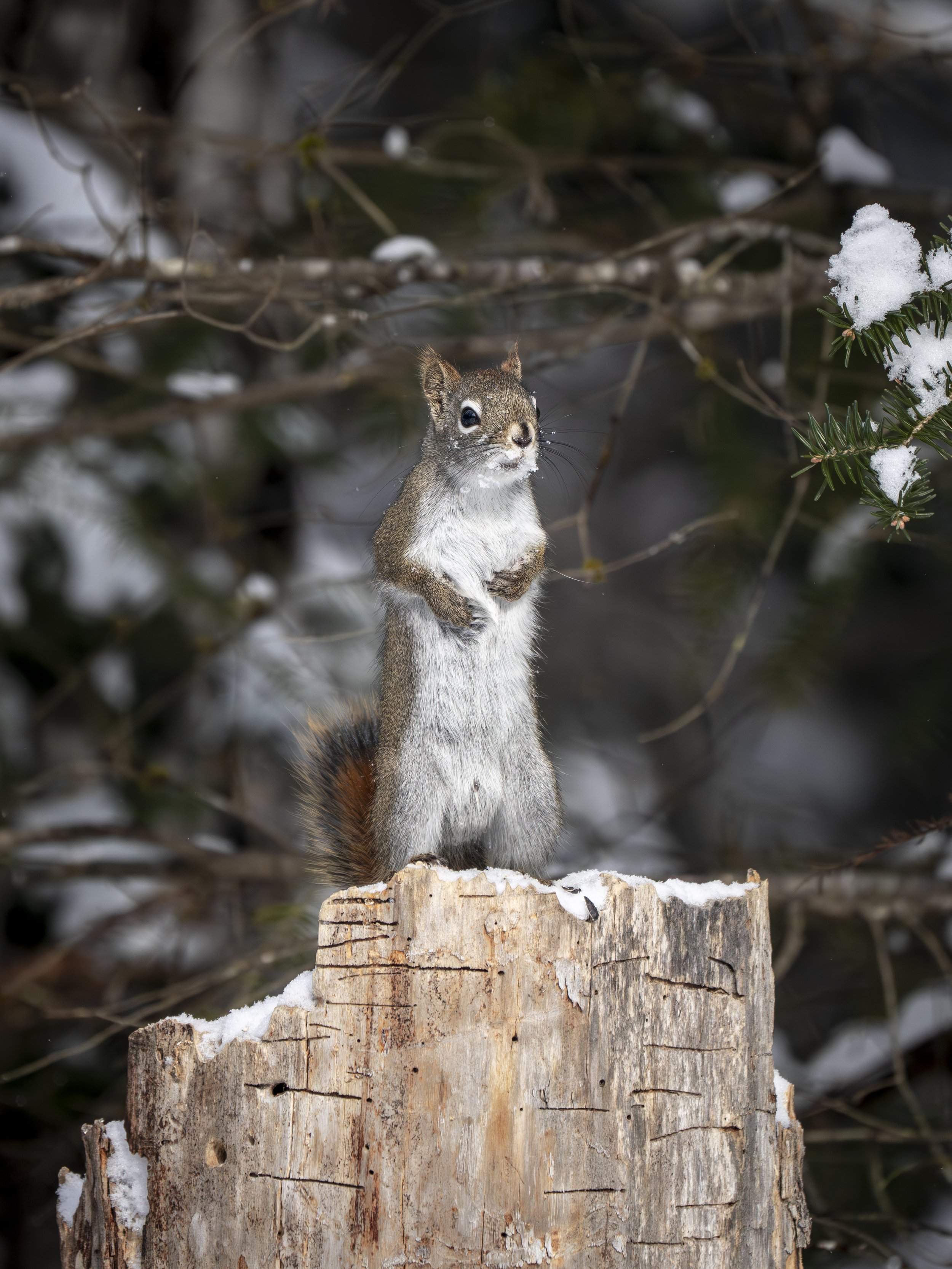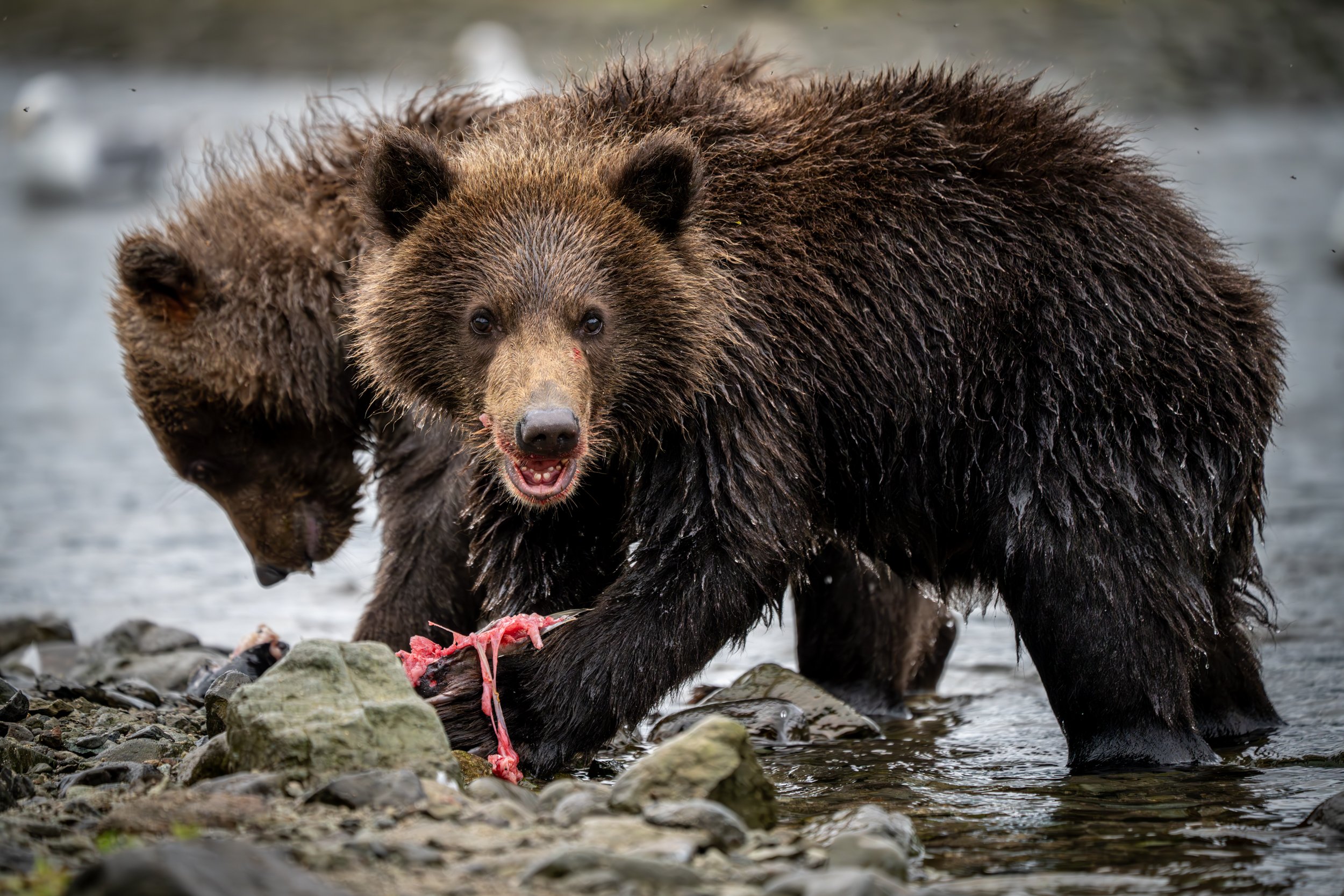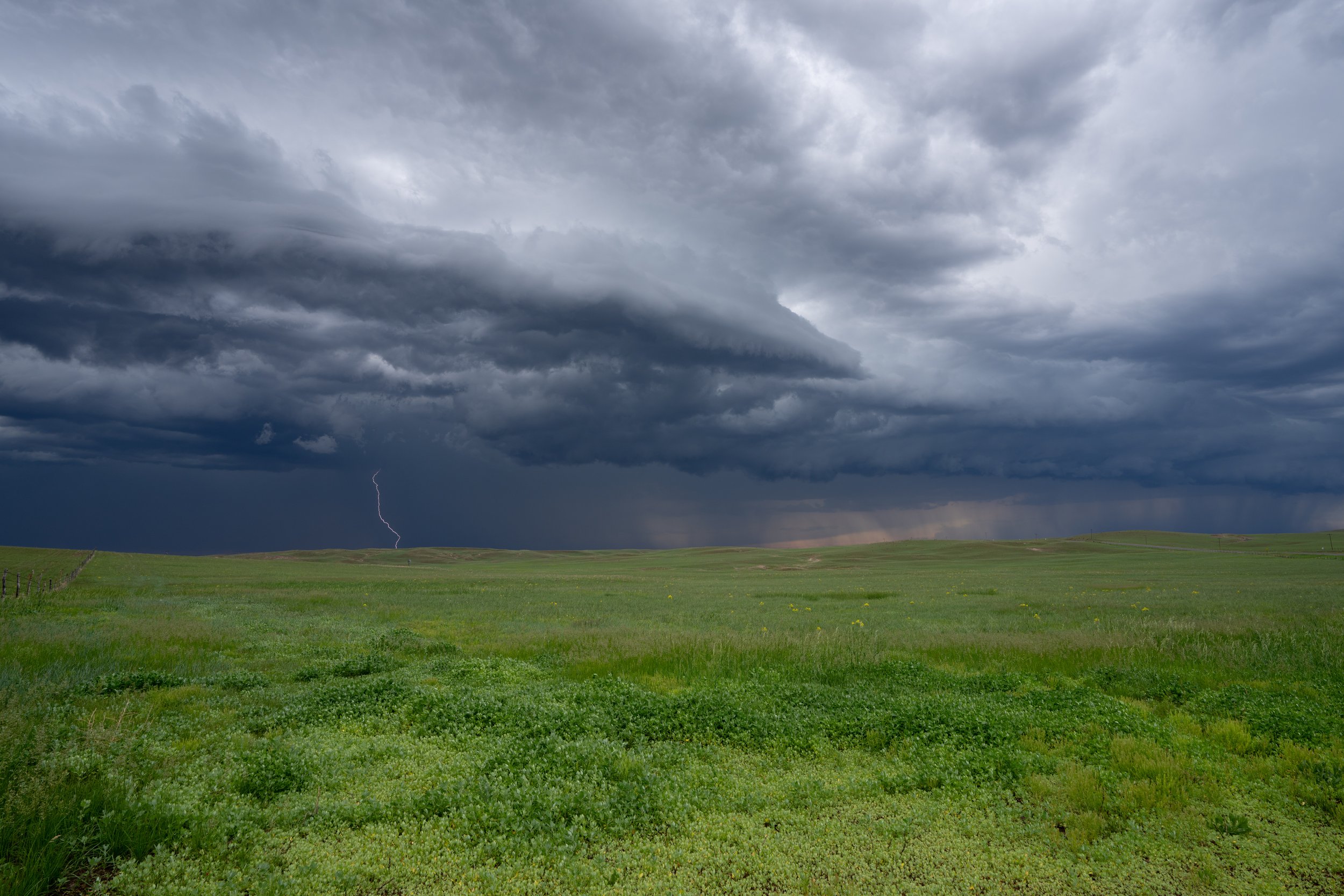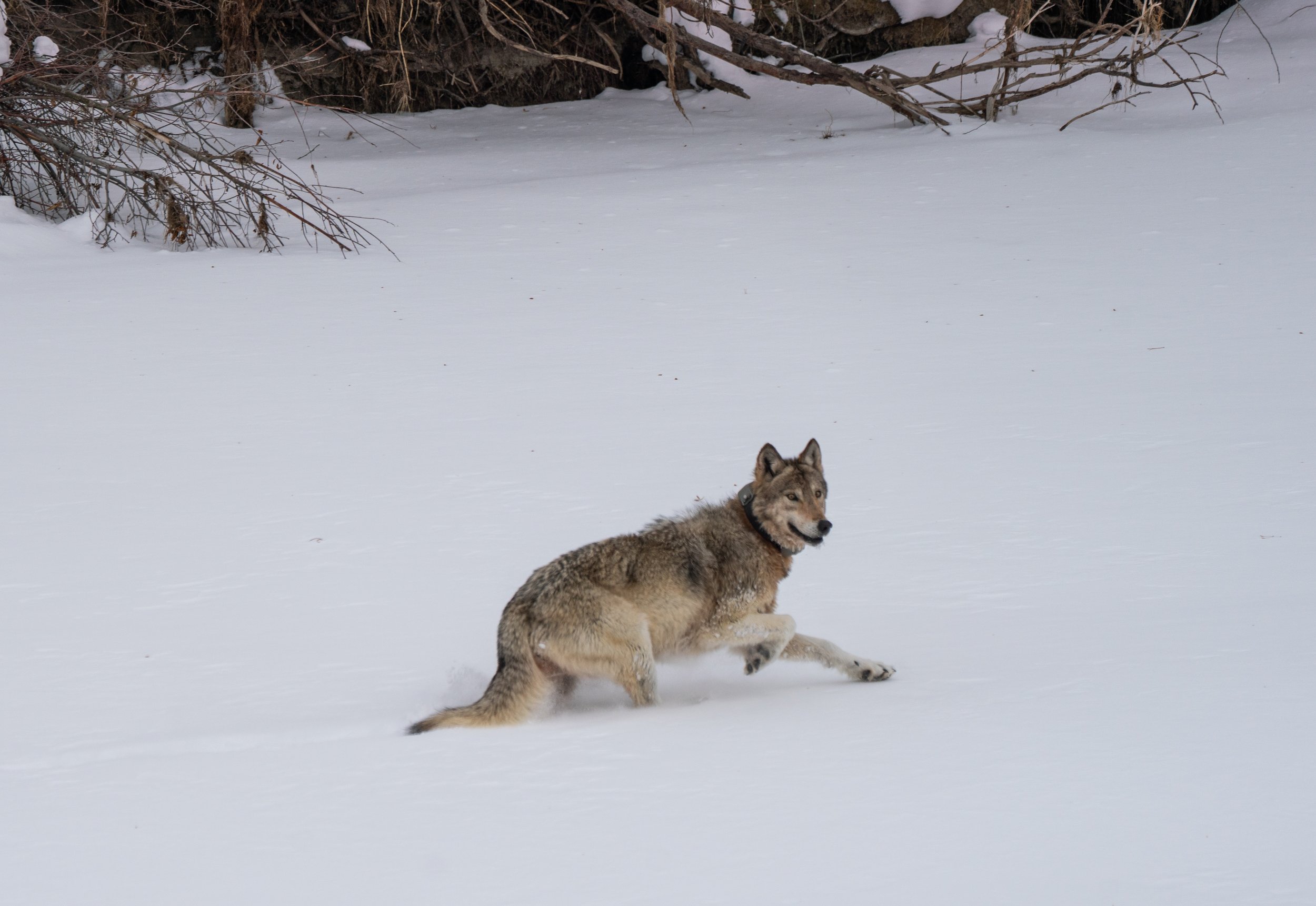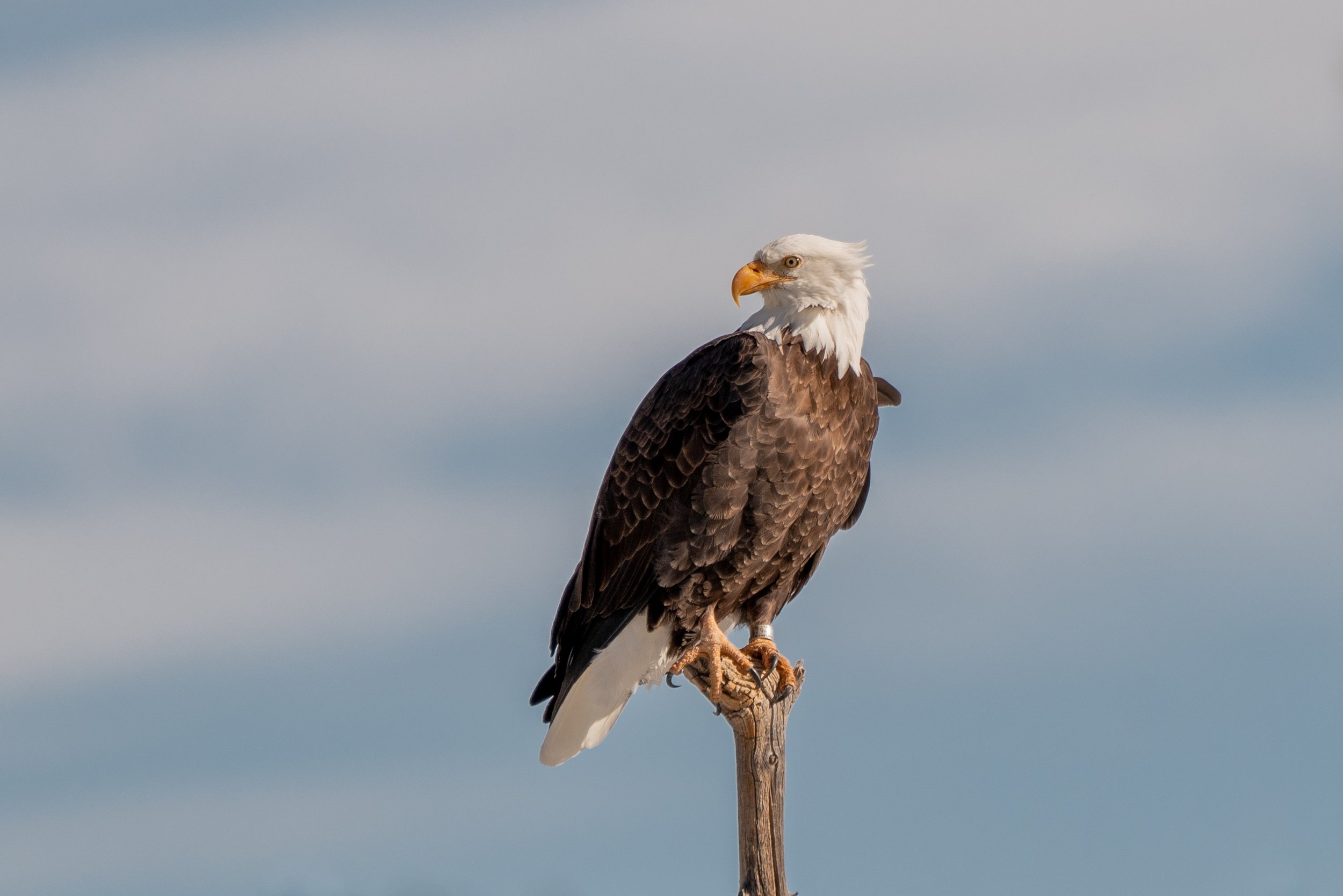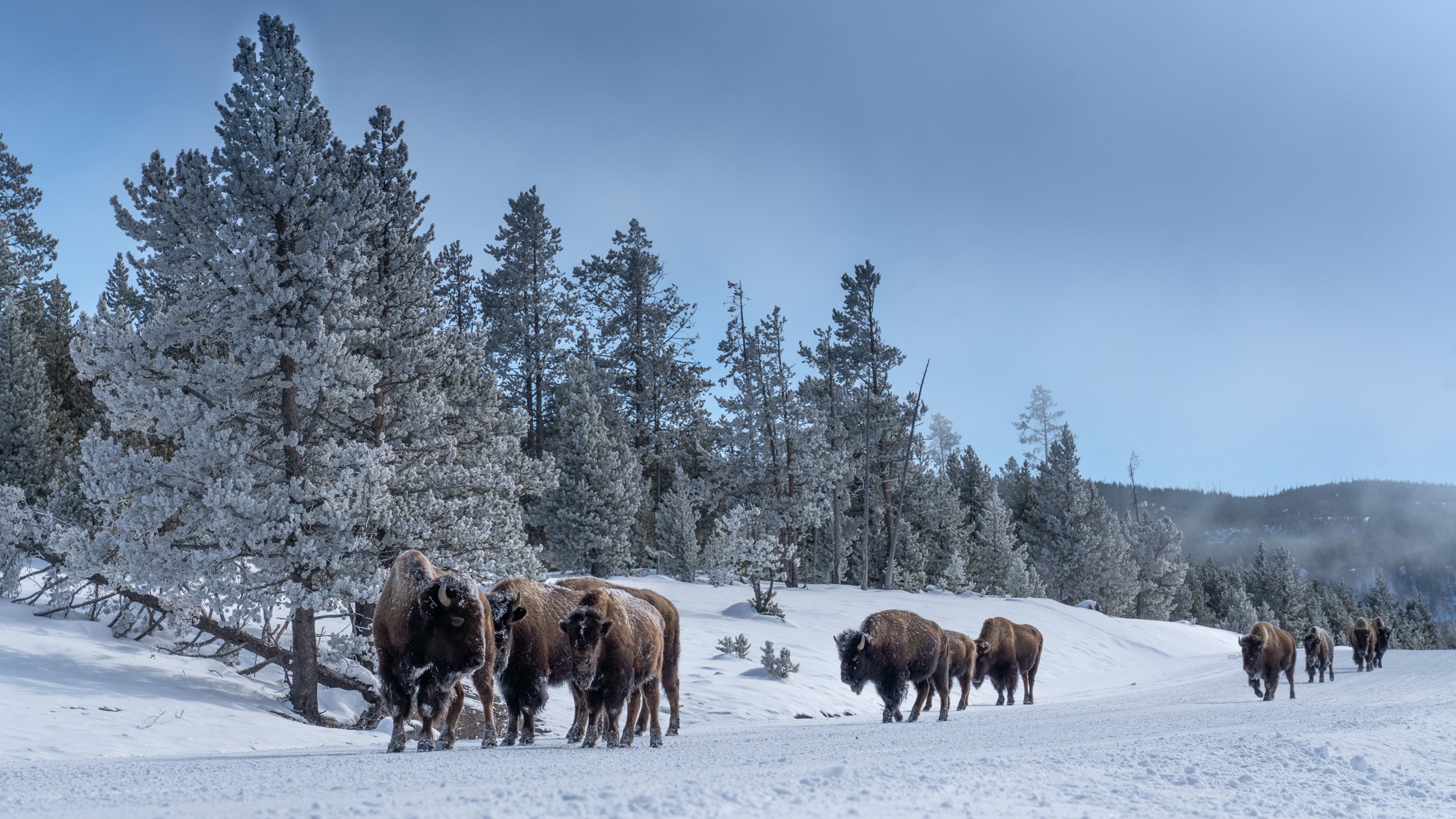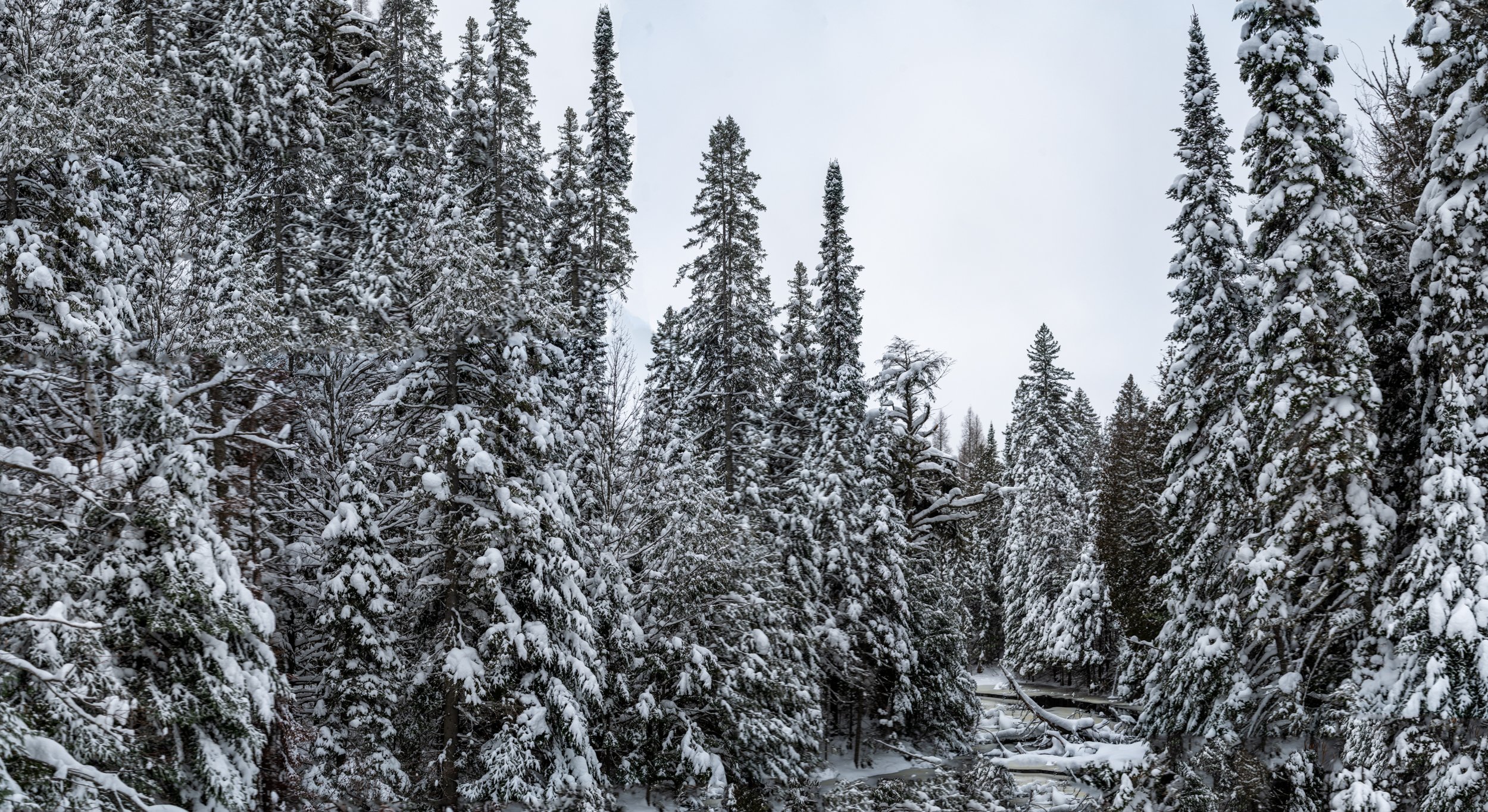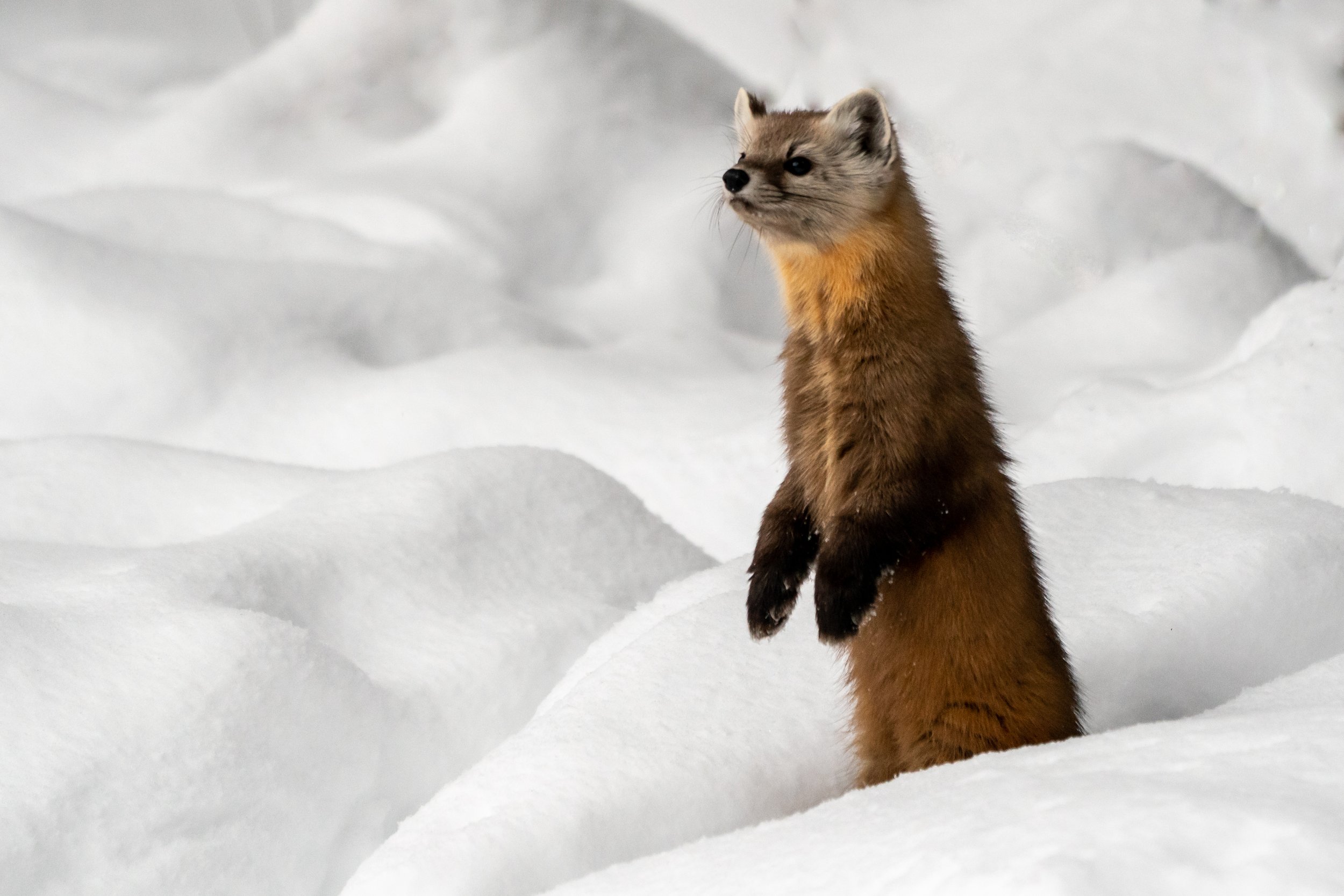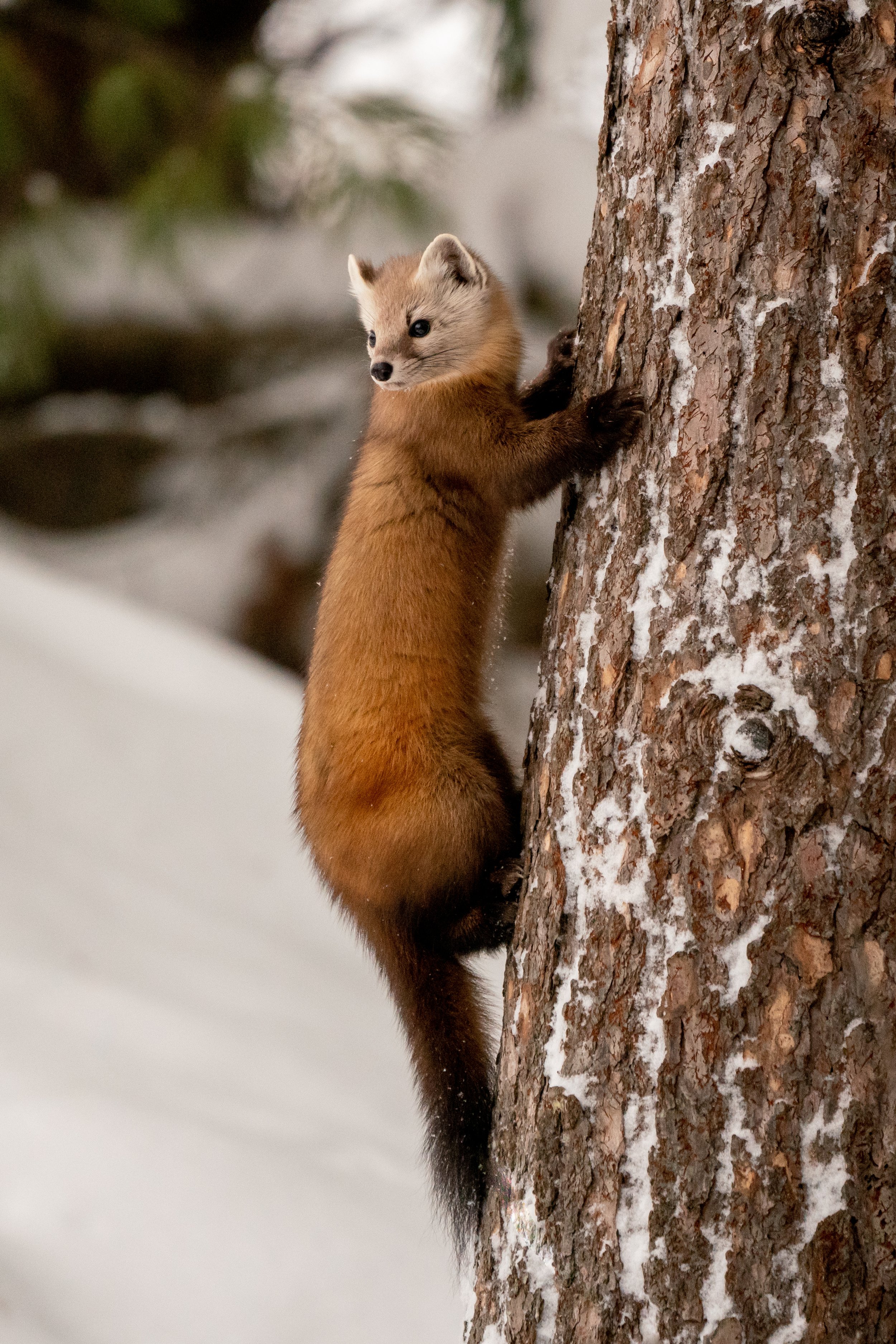As we traversed the vast expanses of the Great Plains, our small group of four felt like a tight-knit family, trauma bonding over the adrenaline-fueled experiences and the endless highways. The days blurred together in a whirlwind of 6000km road trips, with nights that often stretched well into the wee hours. When the chase was on, all bets were off, and cuisine took a back seat. Truck stop fare became our norm, but somehow, the chimmichungas and mystery balls tasted better amidst the stormy backdrop. It was all part of the culture and fun, a reminder that we were living life on our own terms.
The Morton Supercell with wedge tornado 5 June 2025. The largest ever recorded tornado in Texas at a whopping 3.5km wide. We were standing just 2km away from this monster. What a site to behold, it was.
Chaser Convergence
On 5 June, while storm chasing the infamous Morton wedge tornado, the sight of a cluster of red dots peppering the weather radar painted a chaotic scene; those red dots were other storm chasers, each as eager and audacious as I was. This phenomenon, known as storm chaser convergence, creates a somewhat frenetic camaraderie as we all swiftly plot our courses in pursuit of nature’s fury. However, as we attempted to exit Lubbock, we found ourselves trapped in a web of severe weather and a cluster of vehicles, narrowly escaping the wrath of the storm's epicentre, where the winds howled and hail began to pelt us, everything around us felt precariously close to being engulfed.
It was a fine line between exhilaration and peril, a reminder of the thrilling dance we engage in with Mother Nature.
Storm Culture
Looking back, I realize that storm chasing isn't just about the thrill of the chase; it's about the people you meet, the experiences you have, and the memories you create. I felt like I was part of something special, a community that lived for the thrill of the storm. And as I reflect on those unforgettable adventures, I know I'll be chasing storms again soon.
Twister in Texas






























